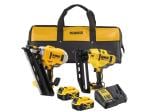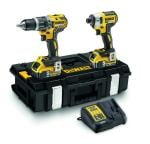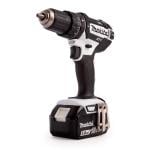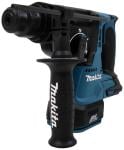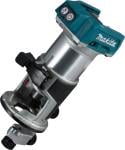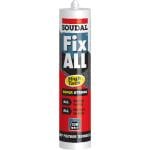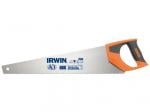Dust Control At The Lathe - All You Need To Know
Woodwork is messy indeed and at times, it feels like no matter how hard you try, it’s impossible to stay on top of the mess. Fortunately, there are certain tools and methods at your disposal that can help you to not only keep dust levels down, but significantly reduce the chances of you having an accident while on the job.
It’s important to be conscious about dust control when working in what is already an extremely hazardous environment. Breathing in too much dust is terrible for our health and can lead to cancer, and dermatological (skin-related) issues. Don’t tempt fate.
Ultimately, the most effective form of dust control is to try and make as little dust as possible. Sure, it’s easier said than done—however, if you keep your tools sharp; you use premium timber species which are known for being less dusty, and you adopt wet-sanding methods with oil or wax as opposed to dry sanding—you shouldn’t run into too many issues. Of course, even when using these methods, you’ll still create a lot of dust. Here’s how you can tackle that.
1 – Always wear PPE (i.e., breathing masks and goggles)
Personal protective equipment (PPE) is an essentiality when it comes to woodworking or any labour-related job in fact. With a breathing mask, you will be able to work in a dusty environment for an extended amount of time without doing yourself any unnecessary harm. You can use a standard disposable face mask, however, for the best results, we would highly recommend a fitted mask with a powered unit that filters the air that you breathe. A mask like this will be comfortable to wear for hours at a time and will come with eye-protection as well. Otherwise, a standard mask and a pair of goggles are a must.
If you don’t protect your eyes, you’re going to have to squint so that you don’t get dust in your eyes. In any case, without goggles, you will invariably end up getting something in your eye and this is incredibly dangerous. Imagine a splinter catching you in the eye whilst you’re in the middle of operating heavy machinery! The last thing you need is to lose a finger as well as your eyesight. Always be vigilant!
2 – Install an air-cleaner
Understand that this is not a stand-alone ‘solution’, but an incredibly helpful addition. The fact is, when woodworking, you’re going to be much closer to the dust than your air-cleaners will be. Thus, you’ll be breathing in a lot of dust before the air-cleaner can do its job. Over time, the air-cleaner will regulate and reduce the amount of dust in your workshop, making the air safer to breathe. This, when used with your PPE and the following dust control methods, will have the best results.
3 – Blowing the dust away with a fan
This is a cheap alternative to dust management, but it is by no means the most effective. This method essentially blows the dust away from you as it is created, which in theory, should work just fine. In any case, the dust remains in the workshop and if you don’t have the appropriate filtration, it can build up to dangerous levels. So, if you’re not going to be making a huge amount of dust, you have your PPE, and an air-cleaner installed in your workshop, then this method can work. However, the following method is by far the most effective…
4 – Invest in a dust extractor
This is by far the most effective dust management method, but it’s important to know that not all dust extractors are created equal. If you invest in a premium quality dust extractor then you shouldn’t run into too many issues, but even with the very best, there’s still going to be a certain amount of excess dust created when working.
This is because the source of the dust could be anywhere on the lathe bed and across the disc. The dust is then thrown out in multiple directions, so the extractor will only be getting a certain amount. In addition to that, the suction of the extractor must be high enough to keep up with the speed at which the dust is being created via the spinning disc. Thus, a very powerful dust extractor will be required for optimal maintenance.
Know your dust extractors
There are two general types of dust extractors:
- High volume/low vacuum
- Low volume/high vacuum
For dust extraction on the lathe, you’re going to want a high-volume air flow extractor in order to capture the dust.
If you are using a machine where the dust extractor can attach directly to the device, then a low volume/high vacuum extractor will be most suitable. You just have to make sure that you are certain which is best suited to the tools that you use before committing.
We have a wide range of premium dust extractors available, so please feel free to have a browse. If you find yourself overwhelmed and not quite sure which is best for you, simply contact us today. One of our representatives will ensure that you find the most appropriate tool for the job.
Also, you must remember that no matter what sort of dust extractor you opt for, it is never going to collect all the dust. So, be certain to wear your PPE so that you’re not breathing in or blinking out excess dust for hours at a time.
Conclusion
Dust is an unfortunate and annoying part of the job, but that’s just the way it is. However, provided that you follow these instructions and invest in as much dust management equipment as possible, then you shouldn’t have any problems.


